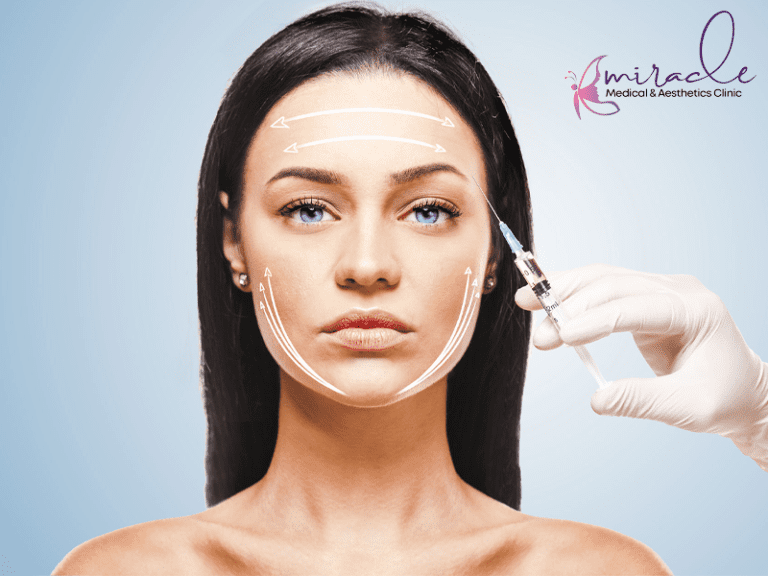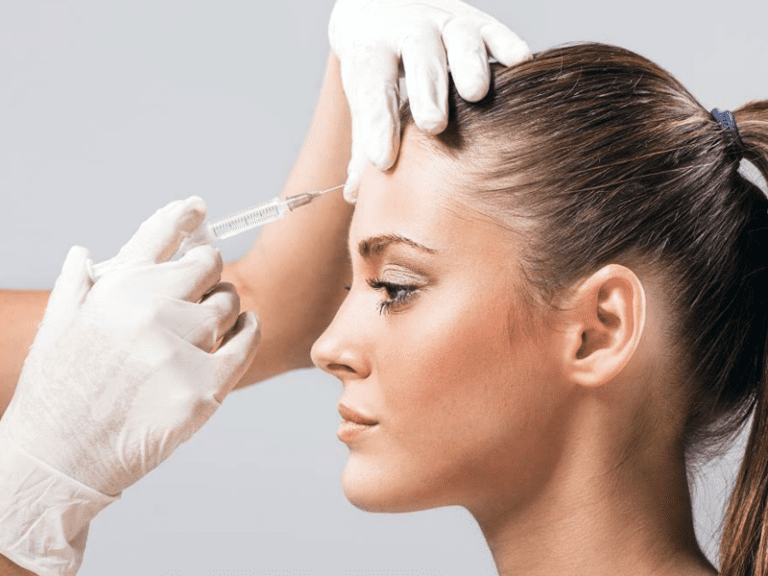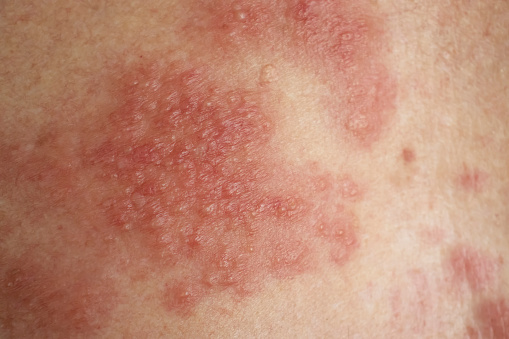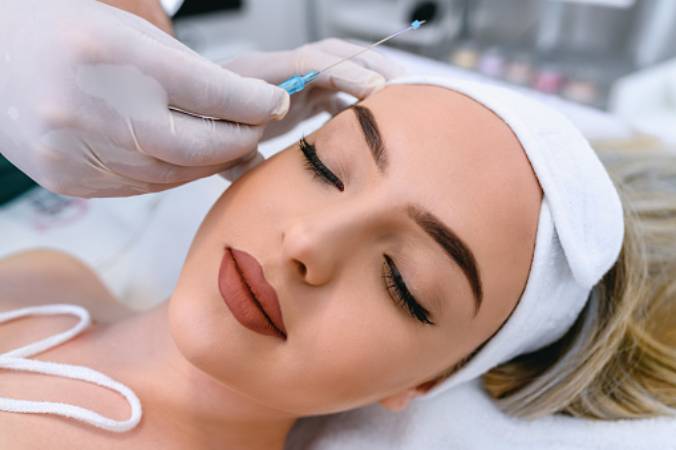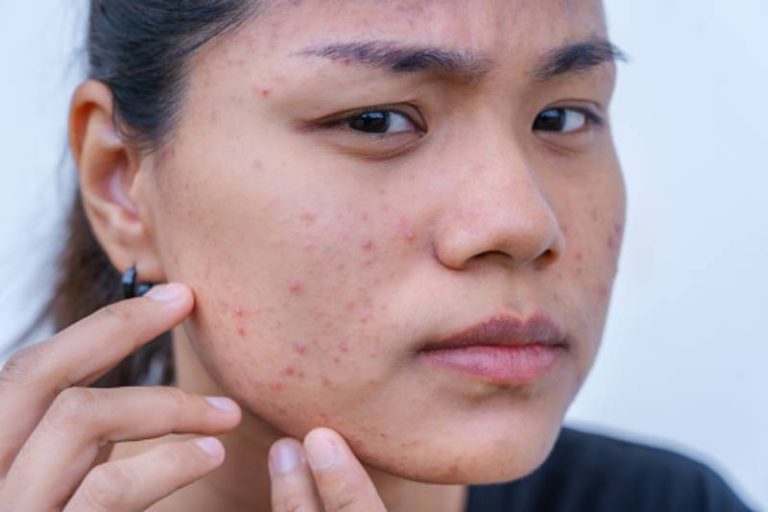Can microneedling make hair thicker?
Microneedling is a cosmetic procedure that involves using a device with small needles to puncture the skin. While it is commonly used for facial rejuvenation and to reduce the appearance of scars and stretch marks, there is some evidence to suggest that microneedling may also help to thicken hair.
The theory behind microneedling for hair growth is that the tiny punctures created by the needles stimulate the production of collagen and other growth factors, which can help to increase blood flow and promote the growth of new hair follicles.
There have been some small studies that suggest that microneedling can be an effective treatment for hair loss. For example, a 2013 study published in the International Journal of Trichology found that microneedling was effective in treating hair loss in women with androgenetic alopecia. Another study from 2018 found that microneedling combined with minoxidil (a medication commonly used to treat hair loss) was more effective than minoxidil alone.
However, it’s important to note that more research is needed to fully understand the effectiveness of microneedling for hair growth. Additionally, it’s important to talk to a qualified healthcare provider or dermatologist before undergoing any cosmetic procedure, including microneedling, to ensure that it is safe and appropriate for your specific needs.

How often should you do microneedling for hair growth?
The frequency of microneedling treatments for hair growth can vary depending on the individual and their specific needs. It’s important to consult with a qualified healthcare provider or dermatologist before starting any microneedling treatment to determine the appropriate frequency for your particular case.
In general, microneedling for hair growth is usually done once a week for several weeks or months, with maintenance treatments every few months thereafter. However, the exact frequency and duration of treatment may depend on factors such as the severity of hair loss, the desired results, and the individual’s response to the treatment.
It’s important to note that microneedling can cause some temporary redness, swelling, and irritation of the scalp, so it’s important to give the scalp enough time to recover between treatments. Additionally, it’s important to follow any instructions given by your healthcare provider or dermatologist regarding post-treatment care, such as avoiding sun exposure and using gentle, non-irritating hair products.
Does microneedling make hair stronger?
Microneedling has the potential to make hair stronger by stimulating the production of collagen and other growth factors in the scalp. Collagen is a protein that is essential for the structure and strength of the hair follicle, and increased collagen production can help to strengthen the hair shaft and reduce breakage.
Microneedling may also help to improve the absorption of topical hair growth products, such as minoxidil, by creating tiny channels in the scalp that allow the products to penetrate deeper into the skin.
While there is some evidence to suggest that microneedling can be an effective treatment for hair loss and may help to strengthen hair, more research is needed to fully understand the effects of this treatment on hair health. It’s important to talk to a qualified healthcare provider or dermatologist before undergoing any microneedling treatment to ensure that it is safe and appropriate for your specific needs. Additionally, it’s important to follow any instructions given by your healthcare provider or dermatologist regarding post-treatment care to promote optimal hair health and strength.

Does microneedling block DHT?
Microneedling does not directly block DHT, which is a hormone that can contribute to hair loss in people with androgenetic alopecia. However, some studies have suggested that microneedling may help to increase the effectiveness of topical medications that block DHT, such as minoxidil and finasteride.
By creating small channels in the scalp, microneedling can improve the absorption of topical medications and help them to penetrate deeper into the skin. This can increase the effectiveness of the medication and may help to block DHT and reduce hair loss.
It’s important to note that microneedling should not be used as a substitute for DHT-blocking medications, which are typically prescribed by a healthcare provider or dermatologist for people with androgenetic alopecia. Additionally, microneedling may not be suitable for everyone, so it’s important to consult with a qualified healthcare provider or dermatologist before undergoing any microneedling treatment to ensure that it is safe and appropriate for your specific needs.
- Keywords: Microneedling
- miracleadmin
